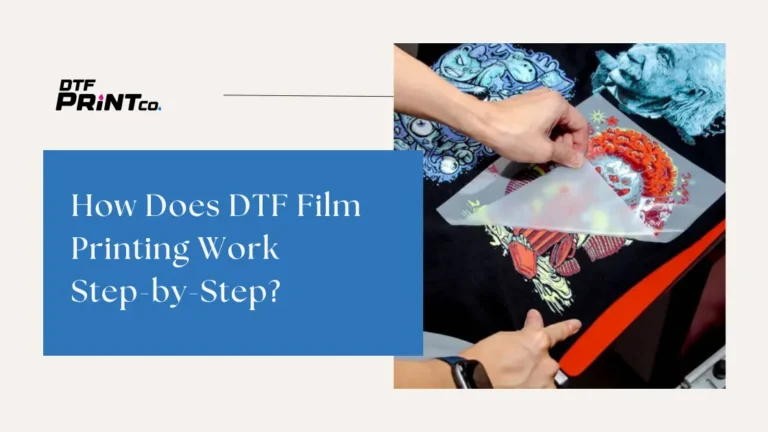
DTF vs DTG Printing: Which Is Better for T-Shirts?
Both DTF (Direct-to-Film) and DTG (Direct-to-Garment) printing are popular methods for customizing t-shirts, but each method has its strengths. DTF printing works well on various

UV DTF (Direct to Film) transfers have garnered attention for their versatility and ability to adhere to various surfaces, providing an avenue for customization and design applications across multiple industries. The capability of UV DTF transfers to stick to diverse substrates has broadened their scope of use, making them valuable in different sectors. In this article, we will explore the range of surfaces and materials to which UV DTF transfers can adhere, their properties, and the implications of this adhesion versatility.
Understanding UV DTF Transfers:
UV DTF transfers are created using a specialized printing process that combines UV printing technology with DTF transfer methods. Designs are printed onto a film using a UV printer equipped with UV-curable inks. After printing, the film undergoes a lamination process for protection and then goes through a heat transfer process onto various surfaces, resulting in vibrant, detailed, and durable prints.
Materials and Surfaces UV DTF Transfers Can Stick To:
Factors Affecting Adhesion:
The successful adhesion of UV DTF transfers to different surfaces depends on several factors:
Conclusion:
UV DTF transfers offer an extensive range of adhesion possibilities, primarily excelling in adhering to various textiles and fabrics. Their ability to stick to different surfaces has opened up a world of creative opportunities across multiple industries, from apparel customization to home decor and promotional merchandise. Understanding the compatibility of UV DTF transfers with various materials and surfaces is crucial for leveraging their versatility and maximizing their potential in custom printing applications. As technology continues to advance, further exploration of UV DTF transfers’ adhesion capabilities may lead to expanded use in diverse sectors, contributing to the evolution of custom printing techniques.

Both DTF (Direct-to-Film) and DTG (Direct-to-Garment) printing are popular methods for customizing t-shirts, but each method has its strengths. DTF printing works well on various

Direct To Film (DTF) printing is rapidly becoming a popular choice for custom apparel and garment decoration. Unlike traditional screen printing or direct-to-garment (DTG) methods,

If you’ve ever dreamed of creating your own custom shirts, hoodies, or tote bags without spending a fortune or dealing with messy screens, there’s some

2023 - 2024 © ALL RIGHTS RESERVED